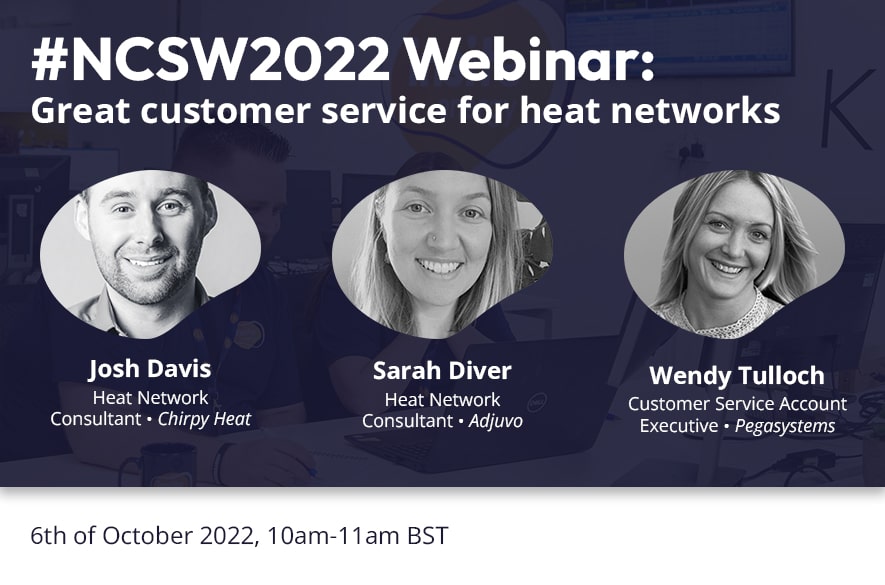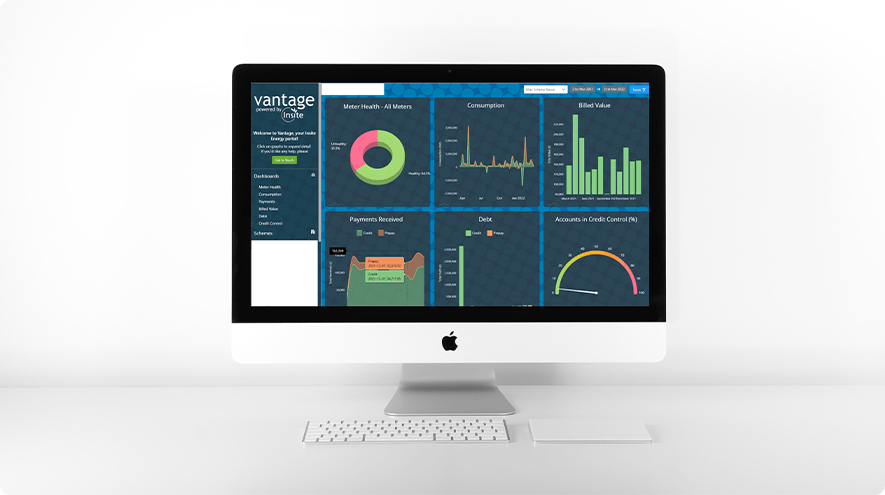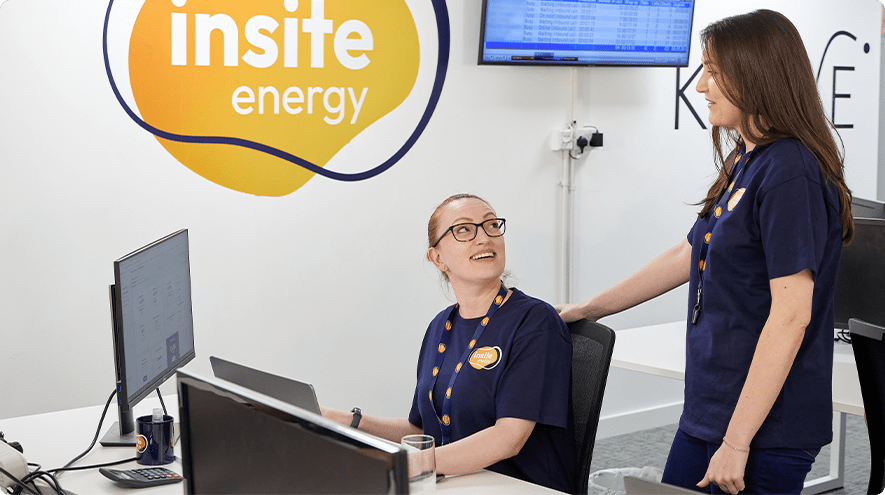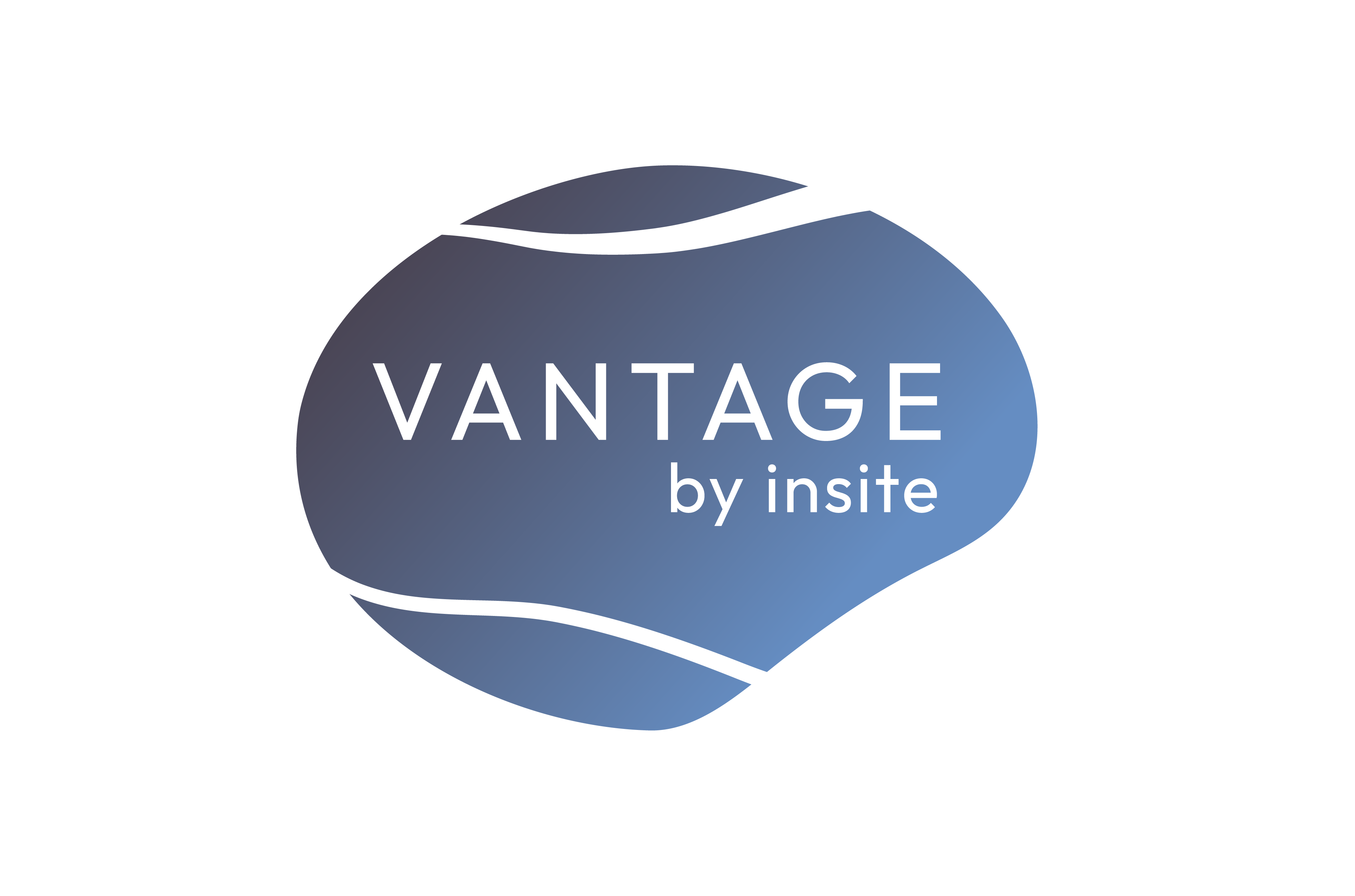
Key takeaways from the #NCSW2022 webinar: Great customer service for heat networks
27th October 2022In light of National Customer Service Week 2022, which ran from the 3rd to the 7th of October, and the looming energy crisis, Insite Energy hosted a webinar to discuss what great customer service for heat networks should look like and how it can be achieved.
The themes discussed were empathic advisors and knowledgeable experts, responsiveness and accessibility, self-serve capabilities and digitalisation, and first-time fix and continuous improvement, which are all commonplace in other industries.
Josh Davis, Senior Heat Network Consultant at Chirpy Heat, Sarah Diver, Heat Network Consultant at Adjuvo, and Wendy Tulloch, Customer Service Account Executive at Pegasystems, joined Emily Lister, our Head of Sales & Marketing, to discuss these in depth and see how they can be adopted in the heat network industry.
Contents
Clear & transparent communication
Proactive management through data
Inspiration from other industries
Understand your demographic
Improving your customer service without understanding who they are will only waste time and money.
First and foremost, Sarah noted that not many residents know what a heat network is and when they do, their knowledge can be limited. Heat network providers that recognise this and go the extra mile to provide that educational piece are already one-step ahead.
In the industry, there is also a general feeling of injustice for heat network customers, especially because they can’t switch suppliers. It’s important to remember this when communicating with your customers and be understanding towards this.
Recognising the demographic of the scheme you are providing a heat network for can also help you ask the right procurement questions from the get-go.
“Do you have in-home displays that have a vocal part in it so people who are blind can still hear it? Can you provide paper bills for people who aren’t as tech-savvy? Do you have a self-serve option for people who don’t want to be on the phone?” were just a few questions Josh recommended to ask.
Clear & transparent communication
“It’s important to move from a reactive service, which customer services has been for a long time, to a proactive one,” said Wendy. “People don’t like to be in a situation where they have to phone you.”
To encourage this, Josh suggested sending a letter in the summer to remind people to set up a Direct Debit and build-up credit for the winter months. Having a one-pager with energy efficiency advice to hand is another way providers can be proactive.
Even when residents get in touch with your call centre, you should give residents the feeling that you are on this journey with them and that they are heard. To continuously do this, Sarah recommended to “collect queries and complaints, and use them to see if you can improve processes and communicate to residents properly”.
Where heat providers need to be especially transparent is in communicating heat tariffs and billing processes. “Billing and charges are one of the two top areas that get complaints,” Sarah said. “To ensure your tariff is fair and transparent, ask yourself if it is currently recovering the costs it needs to.”
 Insite Energy's customer portal, VANTAGE, gives heat network suppliers an insight into scheme data (source: VANTAGE by Insite Energy)
Insite Energy's customer portal, VANTAGE, gives heat network suppliers an insight into scheme data (source: VANTAGE by Insite Energy)
Proactive management through data
Reviewing heat tariffs is nearly impossible if there’s missing or estimated data. To ensure service providers are held accountable, Josh recommends establishing clear KPIs and SLAs to set those standards.
“A lot can be done by proactive management,” he says. “If you’ve got metering and billing data coming in on a monthly basis, and you’re taking the time to analyse that data you can actually reach out to residents before they need to reach out to you.”
“The data is there, but it’s finding that time and resource. Digitalisation is core in effectively managing heat networks.”
With continuous digital innovation putting home management into residents’ hands, the same is expected from energy use consumption and interaction.
“There’s a very long road to go to have that visibility and control of heat networks in homes,” Sarah explains. “There are many opportunities to provide more insight and add more control to those customers.”
Encourage collaboration
When encouraging internal collaboration, Sarah recommends having an annual refresher training for frontline staff to ensure that they can always provide transparency around tariffs and enable debt support mechanisms.
A tip from Josh was for customer service advisors to write down any issues a customer experienced that they don’t have the answer to and proactively seek the answer from the relevant team. This does not only allow them to upskill, but also builds trust with their customers.
External collaborations are also key to providing great customer service.
“We’re the heat network geeks, and not everyone else is going to be as enthusiastic as us.” Sarah said, “Even if it’s just a few little takeaways that land with the customer, it’s helping yourself and those that have a shared customer.”
You can even go as far as to collaborate with your customers. There are currently seven generations alive, each of them having a specific skillset. We should enable them to be proactive and pre-emptive, recommended Wendy.
“The queries that are coming to you are really from the ones that need the specialist help. Let’s enable all generations and give them the platform where they can ask questions and help them give answers too.”
 Cross-team collaboration helps customer service advisors to upskill and build trust with their customers. (source: Insite Energy)
Cross-team collaboration helps customer service advisors to upskill and build trust with their customers. (source: Insite Energy)
Inspiration from other industries
To round up the session, the panelists and attendees were all asked to share the best customer experience that they have had whether in heat networks or in a different industry.
A few ideas were to provide an ideas community, host coffee mornings with customers, create a platform for customers to ask each other questions, and enable scheduled calls.
One idea that particularly stood out was to create a reward system, with Wendy giving the example of Vitality’s Apple Watch scheme.
Vitality offers an Apple Watch for a discounted price when you sign up for their health or life insurance. Linked to Vitality, you end up paying less for your watch the more active you are.
“The idea of rewarding customers, not only saw their customers go up, but it also saw the number of health claims go down as their members become more and more healthy,” said Wendy.
“The fact that they were able to take a step back and look at what they want and what their members wanted, if companies can start to do that is a real gamechanger.”
It shows that while the heat network industry and the needs and wants of its customers are growing, all organisations are serving the same people. As a result, we should all keep an open mind, learn from one another, and continuously innovate.


